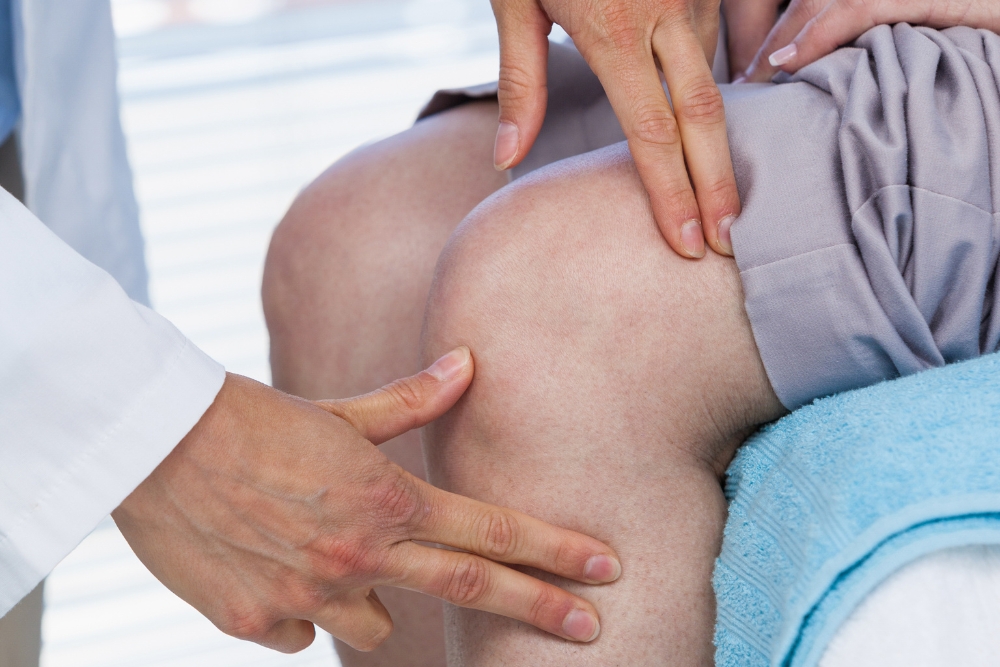Effective Leg Pain Treatment: Causes, Care, and Recovery
Leg pain can be sudden or gradual, mild or severe, and it often interrupts daily life. Understanding the common causes, recognizing when swelling or edema signals a problem, and knowing evidence-based treatment options can speed recovery and protect long-term health. This article outlines practical steps, typical therapies, and self-care strategies to help you and your healthcare team manage leg pain safely and effectively.

This article is for informational purposes only and should not be considered medical advice. Please consult a qualified healthcare professional for personalized guidance and treatment.
What causes leg pain and how is it diagnosed?
Leg pain arises from many sources: muscle strain, nerve irritation (like sciatica), joint problems (arthritis), circulation issues, or vascular conditions such as deep vein thrombosis (DVT). Your clinician will take a history, perform a physical exam, and may order imaging (X-ray, ultrasound, or MRI) or blood tests to rule out infection or clotting problems. Paying attention to patterns — pain with exertion versus rest, sharp versus aching, or pain accompanied by numbness — helps narrow the cause. Early evaluation is especially important when pain is severe, sudden, or accompanied by redness or warmth.
How does swelling affect legs and mobility?
Swelling in the legs often makes pain worse and limits mobility. Fluid accumulation increases pressure in tissues and can reduce circulation, causing stiffness and slower healing. Compression stockings, leg elevation, and gentle movement can reduce swelling and improve comfort. For activity, choose low-impact exercises like swimming or cycling to maintain strength without overloading sore muscles. Monitoring swelling trends — whether it improves with rest or worsens over the day — gives useful information for clinicians assessing circulation or lymphatic causes.
When is edema a sign of a serious condition?
Edema (persistent or asymmetric swelling) can be benign or indicate heart, kidney, or venous disease. Sudden, painful swelling in one leg, especially with warmth and redness, requires urgent assessment to exclude DVT. Generalized edema affecting both legs and the abdomen can point to systemic issues such as heart failure or kidney dysfunction. Your provider may use duplex ultrasound, ECG, or laboratory tests to pinpoint causes. If you have risk factors like recent surgery, prolonged immobility, or a history of clotting, seek prompt evaluation.
What treatments relieve leg pain effectively?
Treatment depends on the diagnosis. Conservative measures include rest, ice or heat as appropriate, anti-inflammatory medications, physical therapy, and stretching or strengthening exercises targeted to the affected area. For vascular or nerve-related pain, clinicians may prescribe anticoagulation, compression therapies, or nerve-targeted medications. In selected cases, procedures — such as endovascular interventions for severe venous disease or surgery for certain nerve compressions — may be recommended. Combining therapies (manual therapy, tailored exercise, and lifestyle adjustments) often yields the best outcomes.
How can you manage swelling, edema, and protect leg health?
Daily habits matter: maintain a healthy weight, stay active with regular low-impact exercise, avoid prolonged sitting or standing, and elevate legs periodically to reduce swelling. Wear appropriate compression garments when recommended and follow a progressive rehabilitation program after injury. If you rely on online symptom checkers or scheduling for local services, be aware that digital tools can sometimes be unavailable; if you encounter an error such as Service Unavailable: , try again later or contact a local clinic for direct help. Regular follow-up with your healthcare team preserves long-term leg health and helps prevent recurrent problems.
Recovery expectations and when to seek more care
Most uncomplicated muscle sprains and mild vein-related discomfort improve within weeks when treated with rest, controlled activity, and targeted therapy. Conditions like chronic venous insufficiency, persistent edema, or nerve compression may require longer-term management and periodic specialist care. Seek more urgent care for rapidly worsening pain, fever, uncontrolled swelling, new numbness, or signs of circulatory compromise. Document changes in symptoms, any new medications, and how swelling responds to elevation — this information speeds accurate diagnosis and treatment adjustments.
Conclusion
Leg pain and swelling have many causes, from simple strains to systemic conditions that need focused medical care. Combining timely assessment, appropriate conservative measures, and targeted medical or procedural treatments helps most people return to normal activity and maintain leg health. If symptoms are severe, sudden, or persist despite self-care, consult a qualified healthcare professional to determine the best personalized treatment plan.






